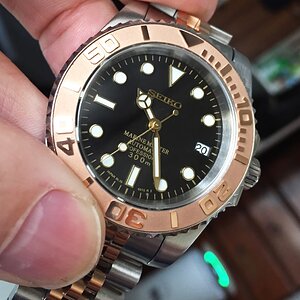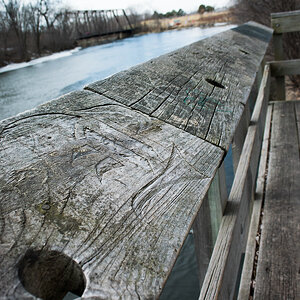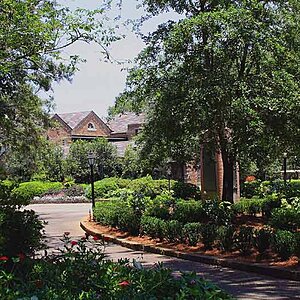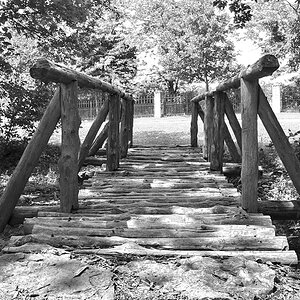jwbryson1
TPF Noob!
- Joined
- Apr 21, 2011
- Messages
- 4,280
- Reaction score
- 949
- Can others edit my Photos
- Photos OK to edit
I'm a bit confused with respect to zoom flash on my new SB-700. Does this flash actually permit the photographer to zoom the flash closer to the subject? How does that work? How is light "zoomed" closer?
Also, should the zoom setting on the flash match the zoom setting on the camera (e.g., both set at 28mm)?
Finally, how does zooming the flash work in conjunction with the lighting "window" distance. In other words, if I'm using i-TTL flash and the settings say I should be between 8-10 feet from my subject, does changing the zoom on the flash change the distance I need to be from my subject?
Sorry for all the questions--I'm a total newbie at off-camera flash and I'm trying to absorb as much information as I can get my brain around.
Thanks!
Also, should the zoom setting on the flash match the zoom setting on the camera (e.g., both set at 28mm)?
Finally, how does zooming the flash work in conjunction with the lighting "window" distance. In other words, if I'm using i-TTL flash and the settings say I should be between 8-10 feet from my subject, does changing the zoom on the flash change the distance I need to be from my subject?
Sorry for all the questions--I'm a total newbie at off-camera flash and I'm trying to absorb as much information as I can get my brain around.
Thanks!


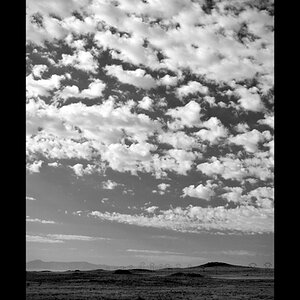

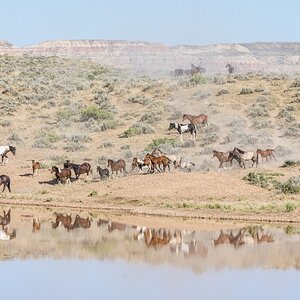
![[No title]](/data/xfmg/thumbnail/37/37124-e3a7364a555409b3504415a982f9dfe0.jpg?1619737883)
